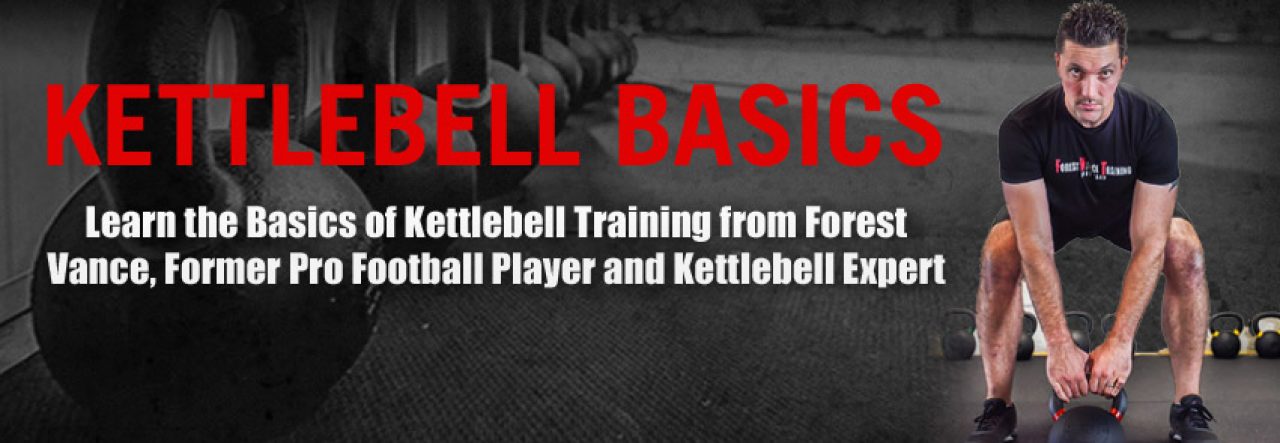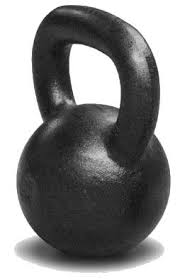Lack of time seems to be one of the most common excuses for missing workouts. But in reality, almost everyone can find a little extra time in their day to train. It’s partially a matter of priority (is watching this week’s Jersey Shore episode or getting your workout in more important?) and partially a matter of knowing exactly how to get the most efficient workout in the shortest time possible.
One of the great things about kettlebell training is that 15-20 minutes of work is, in many cases, all you need. You can get great results with literally less than one hour per week of kettlebell workouts.
The abbreviated kettlebell training program of choice
When it comes time to design an abbreviated kettlebell routine, I know of none better than the Program Minimum from Pavel’s Enter the Kettlebell. Without giving away too many details, it consists soley of a few mobility movements and stretches, Turkish Get Ups and Kettlebell Swings done in four to five weekly sessions of about 15 to 20 minutes each.
I’ve personally gotten amazing results with this exact program – less than one hour per week in total of training. I’ve also put countless kettlebell clients on the program and it’s worked great for them, too – no one believes that it’s enough work to get decent results, but everyone is converted into a believer after trying the PM for a few weeks.
You can check out this post on the Kettlebell Man Maker – which is part of the Program Minimmum – on my Fitness Monster blog to get a more detailed idea of what this program is like:
And you can order a copy of Enter the Kettlebell by clicking the banner below:
New option for abbreviated kettlebell training
If you’ve completed the Program Minimum and are looking for a new, more advanced program, the new Kettlebell Muscle book by Geoff Nupert, Master RKC is worth checking out. It’s a book all about building muscle with kettlebells – the workouts are short and efficient kettlebell complexes that are perfect for folks wanting maximum results from minimum time investment. Click the image below to learn more about Kettlebell Muscle and to order a copy:
In short, kettlebells are the perfect tool for building muscle and losing fat with minimum time investment. I know that when my schedule gets crazy, I rely on kettlebell training to keep me in shape. If you’re tight on time but are looking for a very effective way to train, I highly recommend abbreviated kettlebell training.
Keep training hard!
Forest
P.S. If you haven’t signed up for my weekly newsletter, make sure to do so now – you’ll get a free Beginner’s Guide to Kettlebell Training just for signing up! Just drop your name and email into the box at the upper right of the page.





